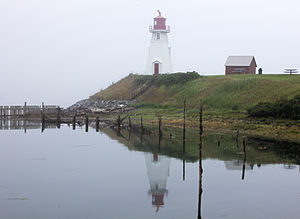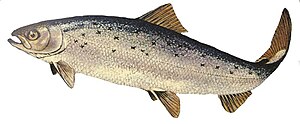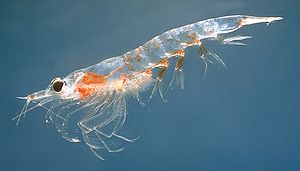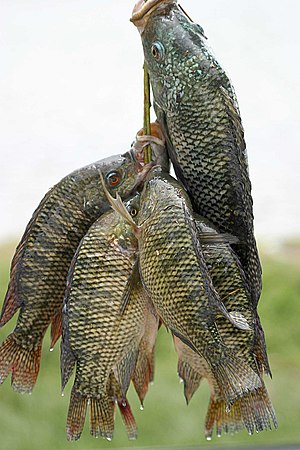International Aquafeed had the opportunity in London recently to interview the head of Novus, President and CEO Thad Simons, who says his organization’s Vision is to “help feed the world affordable, wholesome food.”
This interview appeared in the March April edition of International Aquafeed magazine
To set the scene, what are Novus’ principle technologies especially for aquaculture?
Consumer demand for fish-based protein in emerging and developed markets is on the rise. At current market demand, 7 million tons of aquaculture fish are produced annually and this figure will continue to increase. Yet, the traditional model uses ocean fish for producing fish meal to supply aquaculture production. As producers look for cheaper, more renewable feedstocks, vegetable protein, especially soybean, has become an increasingly attractive ingredient in the feed mix. However, vegetable protein requires assistance to increase its bioavailability for aqua species.Novus technology, which enhances the digestibility of vegetable protein, allows for considerable reductions of fish meal inclusion in aqua diets, up to 80%, depending on the species. This optimised Health-through-Nutrition approach is accomplished through a highly cost efficient feed supplement solution blend. Novus’s proprietary blend of Gut Environment Modifiers influences the gut flora (microorganisms that live in the digestive tracts) of shrimp and other species, effectively enhancing their ability to cope with stressful culture conditions. As a result, animals eat better, digest more and grow faster, all the while reducing the waste of uneaten or non-digested feed into the surrounding system.
Can you put Novus into a global context for feed?
Our total sales worldwide are over US$1.3 billion. Over half this revenue is accrued through methionine product sales, but in terms of growth and over the past ten years we have seen non-methionine products growing rapidly to over US$300 million from US$30 million – this we have achieved not just through internal development but also through acquisition.Liquid methionine has been on the market for 30 years while methionine itself has been available in powder form for almost half a century. Methionine is a US$1 billion market worldwide and is a very important ingredient in the production of poultry. That is likely to remain and increase as we search for a replacement to Chilean fishmeal in livestock diets. For example, as we start to feed more soybeans as a protein replacement for fishmeal we will need more methionine to help balance the protein in fishmeal-free diets.
Methionine is one product, but what other innovative products are you working on?
From methionine we have developed other products such as chelated trace minerals that can be delivered to animal in an efficient way. These products have the potential to reduce the amount of minerals we feed to animals by improving bio-availability. That will mean less minerals in the diet and thereby reduce the impact on the environment while still remaining competitive. We have now brought this technology to aquaculture and supply the market with both straights as with full organic mineral premixes.I see the company moving into supra-nutritional products that improve health of animals while at the same time reducing or eliminating much of the drug usage we see today. We have a strong focus in Therapeutic nutrition and our technology portfolio includes organic acids, manufacture red in Germany pre- and probiotics, and extracts of essential oils now coming out of our research and development programmers in Spain. We have been successful in launching and customizing these technologies for aquaculture applications, ranging from vibriosis in Asian shrimp, to enteritis in Mediterranean sea bream or sea lice in salmon.
Are there other non-dietary products under development?
Feed quality can be augmented with mold inhibitors based on organic acids to detoxify raw materials by using a mycotoxin binder. This is a very important area for feed manufacturing, especially in drought years when corn quality for instance is poor and contamination is high.We are also looking at preserving fat profiles for their nutrient values, using for example, protease enzymes to assist in getting more protein value out of the final feed. We are in partnership with Verenium to developing new heat-stable, phytaze products which will ultimately have applications for aqua feed industry.
How important are differences between markets when it comes to product development?
If we look back 21 years we were clearly focused on the poultry industry which was a very fast growing sector at the time. Ten years ago we increased production and our global footprint by building infrastructure in Asia, mostly through a distribution network supporting the growth of methionine sales coupled with our liquid application systems, which proved highly suitable in feed mills.Today we are leveraging a deep understanding of nutrient absorption and gut health. Good nutrition can reduce costs to farmers and reduce the amount of waste that is left for the environment to absorb. We are in the ‘waste reduction’ business and by producing products that allow various species to grow to their genetic potential supports that cause.
In human terms it shouldn’t be about taking drugs or multi-vitamins every morning, but to have more control over our health that we can achieve through our own diets.
Even with less quality feed now available we should be able to achieve more through sound diets.






































